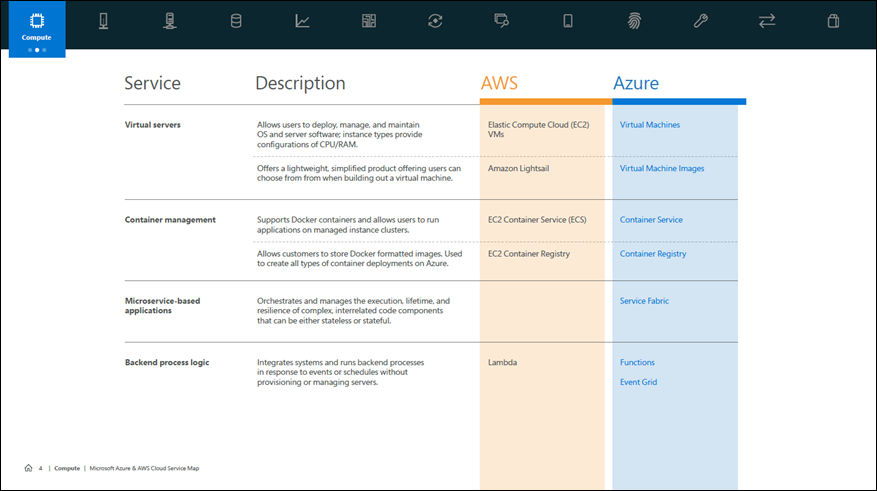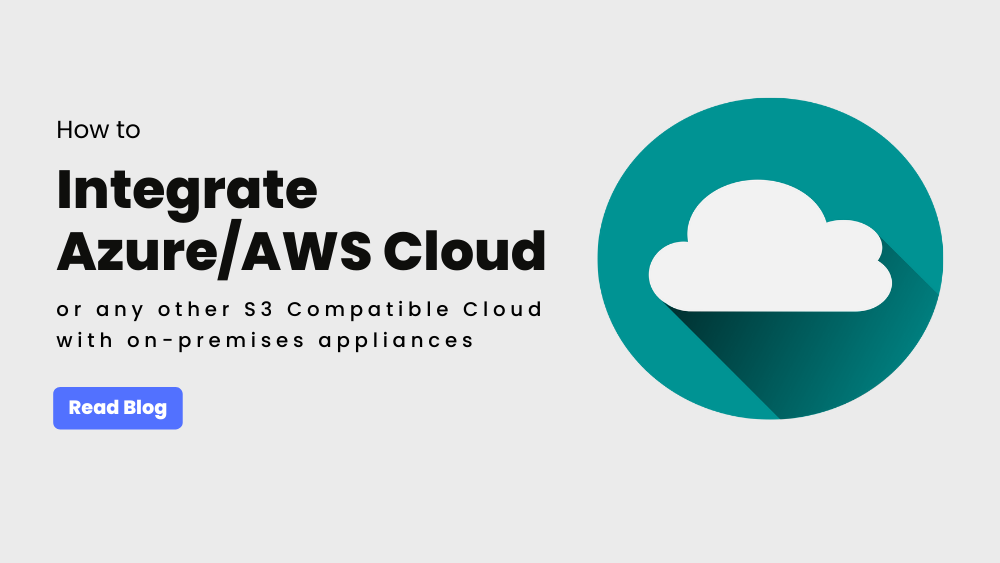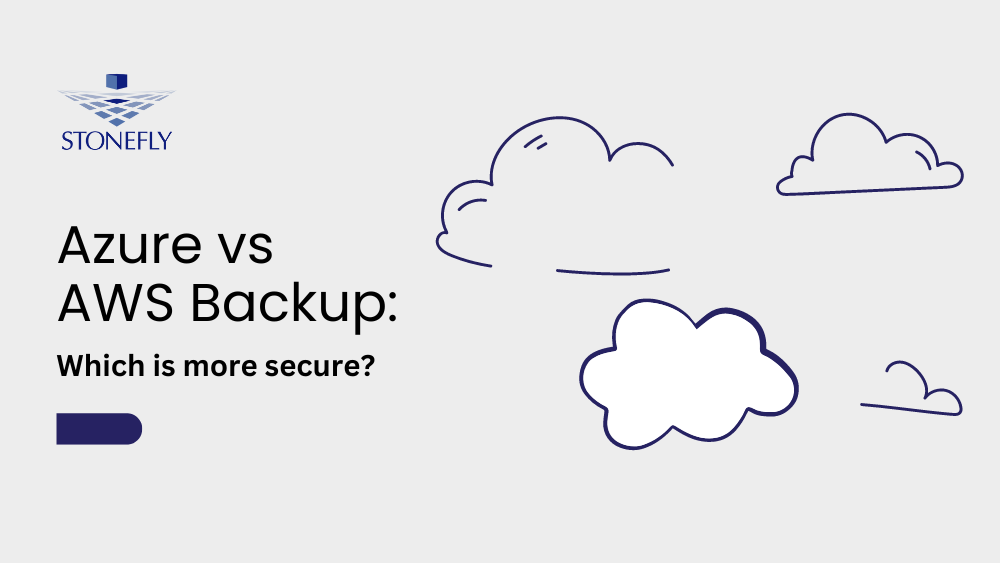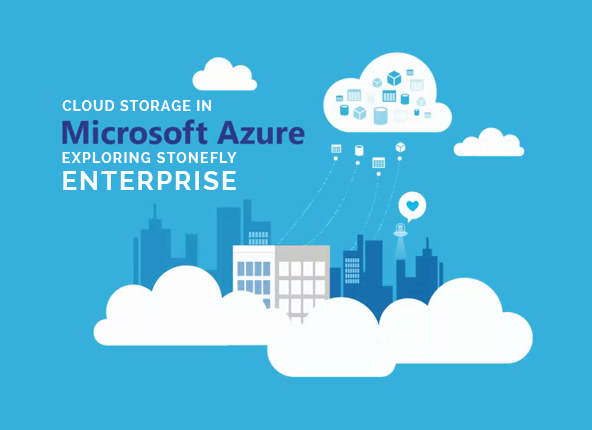It’s always a difficult choice to pick between AWS (Amazon Web Services) and Microsoft Azure. The comparison of services tends to be a challenging, time consuming and complex task. To ease the entire process and to enable you to pick the best service for your enterprise, Microsoft has devised a Cloud Service Map.
Cloud Service Map: Comparison between AWS & Azure services
The document is detailed and comprises of 13 different sections; distributed to simplify navigation.

The thirteen sections are as follows:
- Marketplace – This section compares native and partner services, explaining the function of each service to facilitate the understanding of clients.
- Compute – This section refers to the cloud computing services available for your applications.
- Storage – This section compares the durable, high availability and scalable storage solutions provided by the industry giants.
- Networking & Content Delivery – In this section, you can checkout various connectivity, networking and content delivery services.
- Database – These are services that refer to storage options, whether it’s managed relational SQL database with global distribution or multi-model NoSQL databases designed regardless of the scale.
- Analytics & Big Data – These services facilitate decision making by analyzing the data in real time.
- Intelligence – These services enable contextual and natural interaction within applications using machine learning and AI (artificial intelligence) including speech, vision, text and search.
- Internet of Things (IoT) – These are services that facilitate interconnectivity of devices, assets and sensors enabling analysis and improving operational efficiency.
- Management & monitoring – These services monitor the health, performance and utilization of applications, operations, workloads and backup infrastructure.
- Mobile Services – These services emphasize on mobility. DevOps services enable higher quality application deployment at a faster rate and a number of engagement services make it easier to deliver customer oriented applications.
- Security, Identity & Access – These services ensure data security and protection in the cloud while also enable you to extend your existing user accounts and identities or provisioning new accounts.
- Developer Tools – These tools facilitate speedy building, deployment, debugging, diagnosing and managing of multi-platform, scalable applications and services.
- Enterprise Integration –This service facilitates building and management of B2B workflows that integrate with third party SaaS (Software as a Service) applications, on-premises applications and/or custom applications.
It is imperative for IT departments to analyze their options before making the executive decision to employ a service. Both Amazon and Microsoft are industry giants and have a huge list of clientele; however, what suits others doesn’t imply that it will suit you as well. That’s why it is important to compare the solutions provided by both vendors before making the decision to backup to AWS (Amazon Web Services) or Microsoft Azure.










